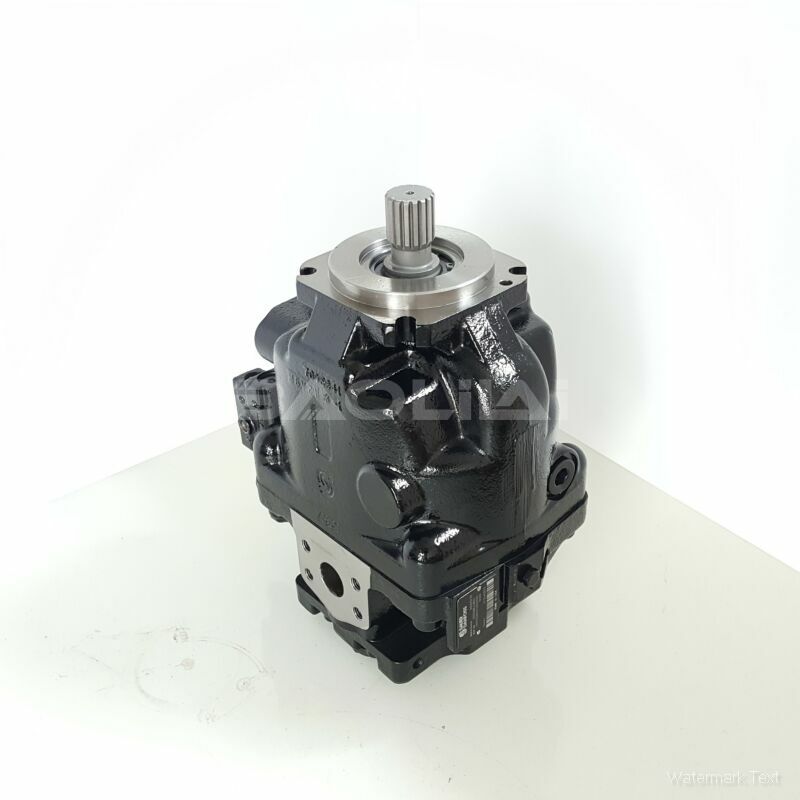ERR100BBS3128NNN3S1NPA1NNNNNNNNNN danfoss pump
ERR100BBS3128NNN3S1NPA1NNNNNNNNNN danfoss pump

- Product Details
- Applicable Scene
Flow rate mismatches can exacerbate pressure loss. If the pump is not appropriately sized for the application, it may struggle to maintain the necessary flow rate, leading to inadequate pressure. To rectify this situation, conduct a thorough analysis of the system’s flow requirements and pump specifications. Selecting the right pump to match the system’s demands can help maintain consistent pressure and flow.
ER-R-100B-BS-31-28-NN-N-3-S1NP-A1N-NNN-NNN-NNN
ERR100BBS3128NNN3S1NPA1NNNNNNNNNN
Temperature fluctuations can also lead to pressure losses, influencing fluid viscosity. High temperatures can cause fluid to thin, resulting in lower viscosity and potentially increasing the leakage through pumps and fittings. Conversely, low temperatures can thicken fluids, increasing resistance and creating pressure loss. Implementing temperature control measures, such as heat exchangers, can help maintain optimal fluid temperatures, minimizing viscosity changes and pressure drops.

83037396
Finally, cavitation is a phenomenon that can lead to significant pressure loss in hydraulic systems. Cavitation occurs when the local pressure in the fluid falls below the vapor pressure, causing vapor bubbles to form and collapse, resulting in energy loss and potential damage to pump components. To prevent cavitation, ensure that the pump operates within its recommended operating range and maintain sufficient inlet pressure. Using a larger suction line and avoiding sharp bends can also assist in preventing the conditions that lead to cavitation.
In conclusion, addressing hydraulic pump pressure loss in fluid circuits for energy generation systems is vital for optimizing performance and efficiency. By understanding the contributing factors, including friction, system design, leaks, flow rate mismatches, temperature fluctuations, and cavitation, engineers can implement effective strategies to mitigate pressure loss. Regular maintenance, thoughtful design, and careful material selection play key roles in enhancing the reliability and performance of hydraulic systems, leading to better energy generation outcomes.





